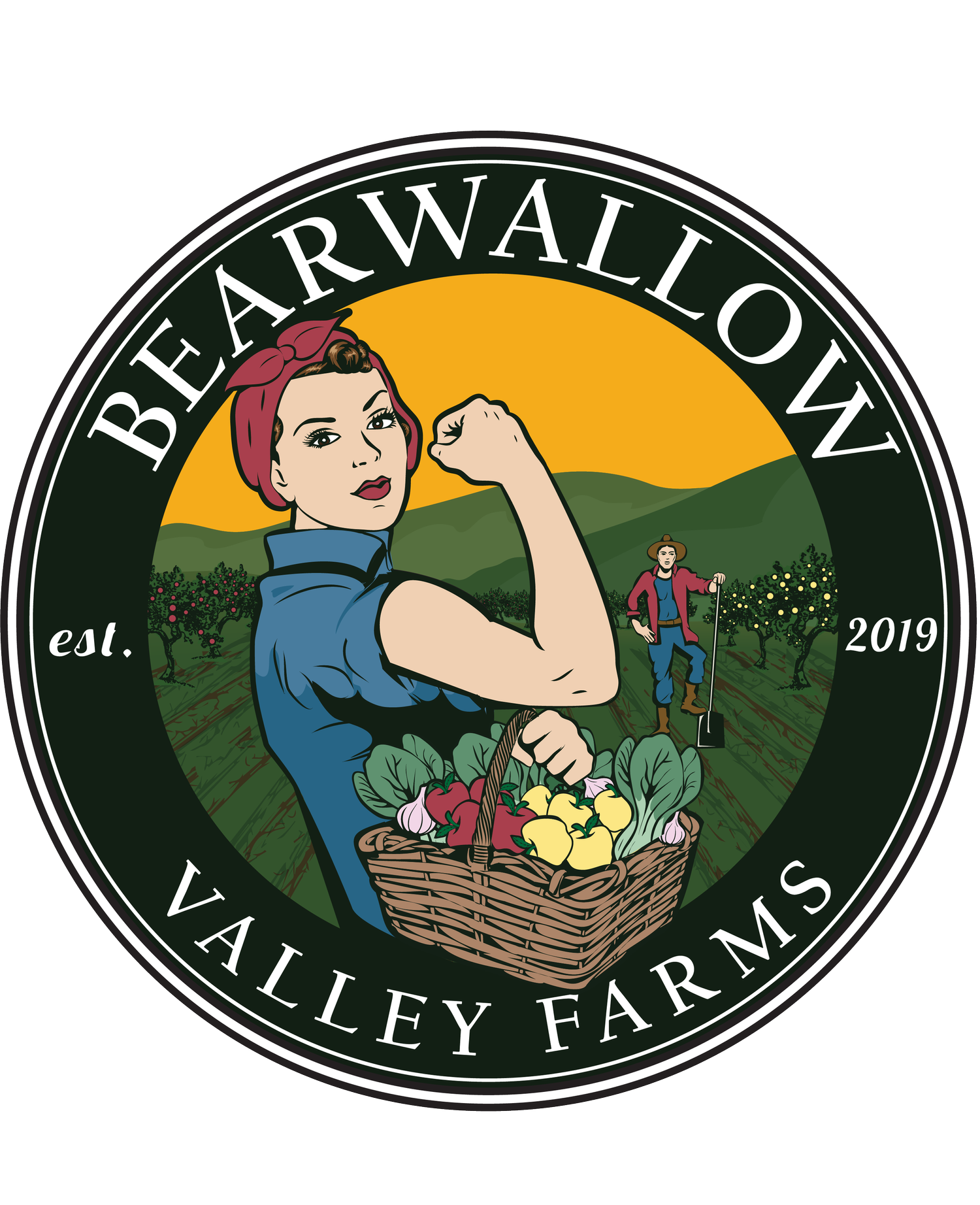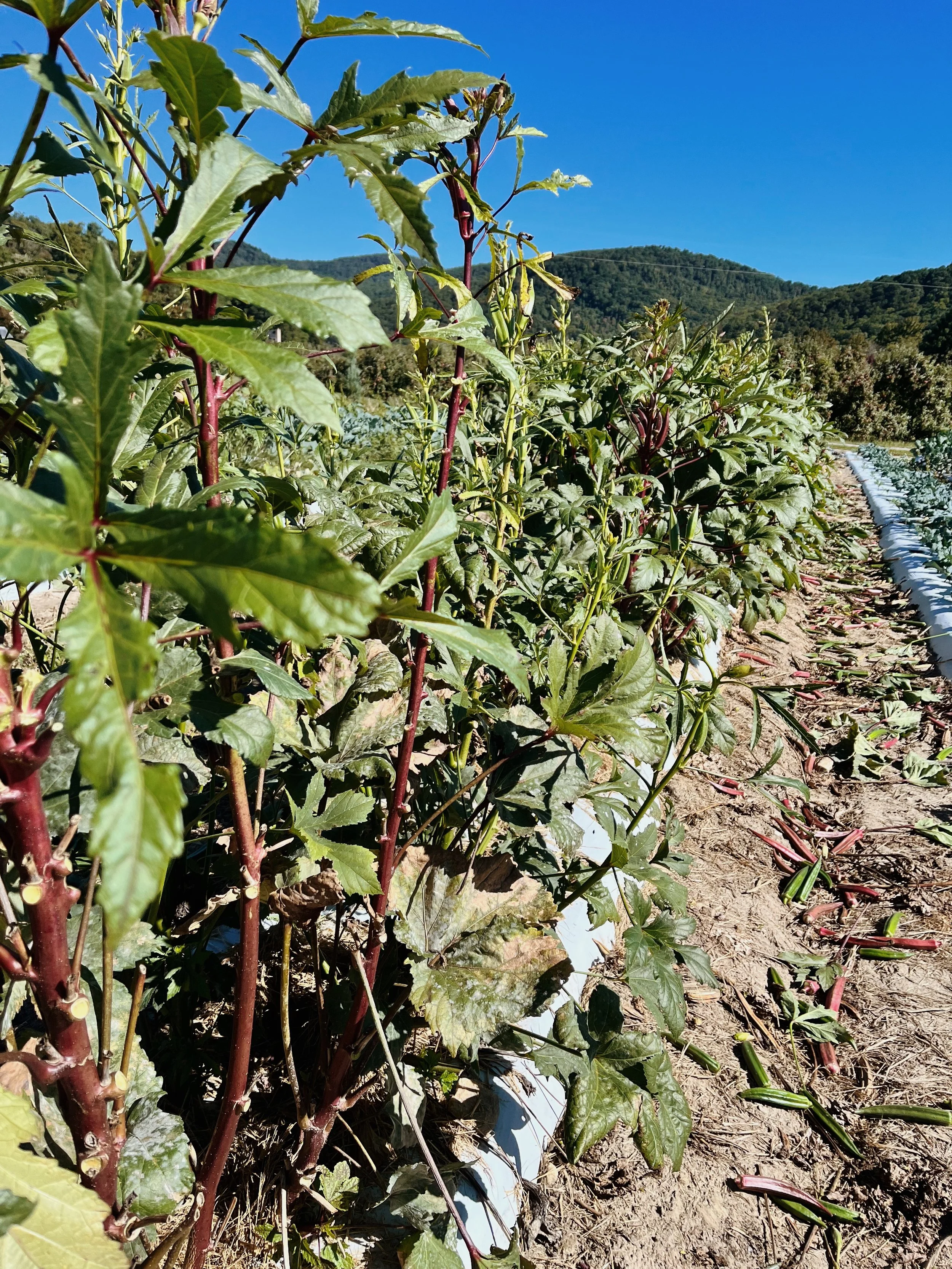All Things Okra
Written By: K. Roberson
Okra is an annual plant that is native to the tropics of the Eastern Hemisphere (The Editors of Encyclopedia Britannica, 2022). The vegetable we eat is actually the okra plant's fruit (#PlantOfTheMonth: Okra, 2022). Okra can be prepared in a variety of ways. It can be sautéed, or pickled, and is often used in stews. Okra is often used in stews and gumbos because it has a large amount of mucilage which is a gelatinous substance (The Editors of Encyclopedia Britannica, 2022). This acts as a thickener for broth and soups. The tender unripe fruit of these plants are eaten. However, in some countries the seeds are used as a substitute for coffee and in the East, the leaves and immature fruit are made into a paste for the skin with water or oil to relieve pain (The Editors of Encyclopedia Britannica, 2022). The mucilage or gelatinous substance is also used medicinally similar to aloe vera as an ointment or internally to relieve congestion. In terms of nutrient composition, the seeds of okra are high in minerals including calcium, potassium, iron, and magnesium. Okra is also very high in dietary fiber (Dantas et al., 2021).
History of Okra
Africans independently domesticated many plants way before they were introduced to the Americas such as coffee, watermelon, millet, black-eyed peas, okra, and many more (#PlantOfTheMonth: Okra, 2022). Okra was originally grown in the topics of Western Africa.
So, how did it become a staple in the diet of southern states in the U.S.?
"Over 2,000 plant species thrived on the African continent prior to the transatlantic slave trade; and even after the removal of millions of people forced into slavery, Africans and those who were enslaved in the Americas continued innovative processes of growing food. In America, this included growing African crops, as well as adoption of similar Native American crops" (#PlantOfTheMonth: Okra, 2022).
Archeology research of plantations has shown that enslaved peoples often grew gardens close to where they slept to supplement their diet. Enslaved women were often the ones to both tend to their garden and often cooked for the slaveholder's household. This led to many African dietary staples becoming incorporated into American slaveholder diets, such as okra.
The “Southern cuisine” we think of is really a combination of African and Native American foods mixed with European cuisine. The archaeological plantation studies shed light on the agency of enslaved Africans in the Americas, who used their knowledge and innovation to grow crops, like okra, that would help feed, heal, and keep ties with the land they were taken from" (#PlantOfTheMonth: Okra, 2022).
Sources
The Editors of Encyclopedia Britannica. (2022, September 3). okra | Description & Uses. Encyclopedia Britannica. https://www.britannica.com/plant/okra
#PlantOfTheMonth: Okra. (2022, February 22). McClung Museum of Natural History & Culture; The University of Tennessee. https://mcclungmuseum.utk.edu/2022/02/22/plantofthemonth-okra/
Dantas, T. L., Alonso Buriti, F. C., & Florentino, E. R. (2021). Okra (Abelmoschus esculentus L.) as a Potential Functional Food Source of Mucilage and Bioactive Compounds with Technological Applications and Health Benefits. Plants, 10(8), 1683. https://doi.org/10.3390/plants10081683
Wanting to cook with okra? Follow this link to see two okra focused recipes! This recipe card contains a stewed okra and tomatoes recipe and garlic roasted okra recipe!




